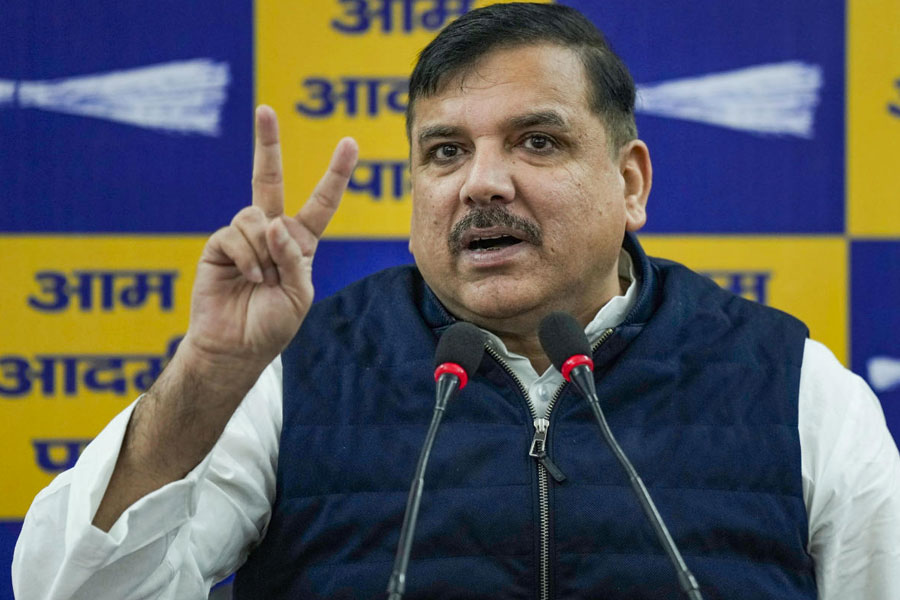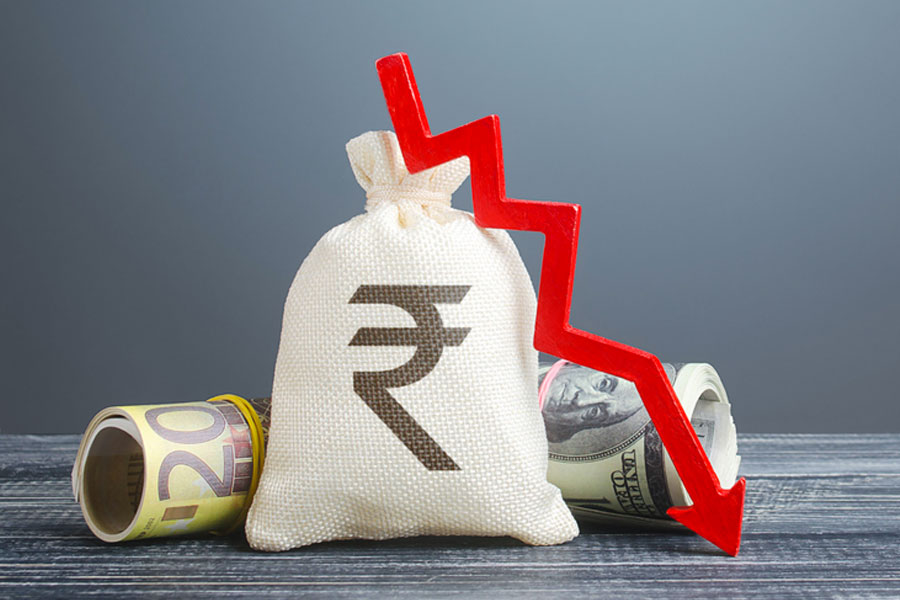Virtually every child on Earth will be exposed to more frequent heatwaves by 2050, a UN agency has said, calling for urgent actions to limit global warming to 1.5°C amid signals the world is not on track towards that target.
About 624 million children worldwide are already exposed to either “high heatwave duration, high heatwave severity, or extreme high temperatures”, Unicef said in a report that lists India among 23 countries with the highest levels of child exposure to extreme high temperatures.
By 2050, over two billion children — nearly every child — will face more frequent heatwaves regardless of whether the world achieves a low greenhouse gas emissions scenario with 1.7°C warming or a high emissions scenario with 2.4°C warming, the report said.
“At a minimum, governments must urgently limit global heating to 1.5°C,” Unicef executive director Catherine Russell said in a media release. The Unicef report has said more frequent, longer-lasting heatwaves will impact children’s health, safety, nutrition, education and access to water.
Another UN agency, in a separate report released on Wednesday, cautioned that the latest sets of climate actions pledged by 193 countries to reduce their greenhouse gas emissions are insufficient to limit global warming to 1.5°C.
The report from the UN Framework Convention on Climate Change said the combined pledges, fully implemented, could put the world on track for about 2.5°C warming by the turn of the century.
“We’re still nowhere near the scale and pace of emission(s) reductions required to put us on track towards a 1.5°C world,” Simon Stiell, executive secretary of UN Climate Change, said in a media release. “To keep this goal alive, national governments need to strengthen their climate action plans now and implement them in the next eight years.”
The total global greenhouse emissions will no longer increase after 2030, but they are still not showing the rapid downward trend scientists say is necessary this decade, according to the report that analysed the latest pledges, also called nationally determined contributions (NDCs).
The report said that full implementation of the latest NDCs could lead to the total global emissions peaking before 2030, but this would hinge on enhanced financial resources and technology transfer among other conditions.
The developed countries had during earlier climate conferences pledged $100 billion annually to developing countries to help them pursue clean energy pathways and address other climate challenges. But actual funding has fallen short — estimates range from $80 billion to $22.5 billion, depending on who and how they were computed.
The total global greenhouse gas emissions level in 2030 with full implementation of the NDCs will be about 0.3 per cent below the emissions level in 2019. But a UN climate change panel has estimated that emissions level in 2030 should be 43 per cent of the 2019 level to limit warming to 1.5°C.
Both the UN reports, released days ahead of the scheduled November 6-18 UN climate conference in Sharm el-Sheikh, Egypt, are expected to serve as reminders to all countries on the need for accelerated climate actions. “This includes cutting emissions faster (across) wide economic sectors,” said Sameh Shoukry, the Egyptian foreign minister and president of the upcoming UN climate conference.
India had earlier this year submitted updated climate actions, pledging a mass movement for sustainable living and steeper targets for energy efficiency and non-fossil-fuel electricity by 2030, but had said it hoped to reach those targets with technology and finance from developed countries.












